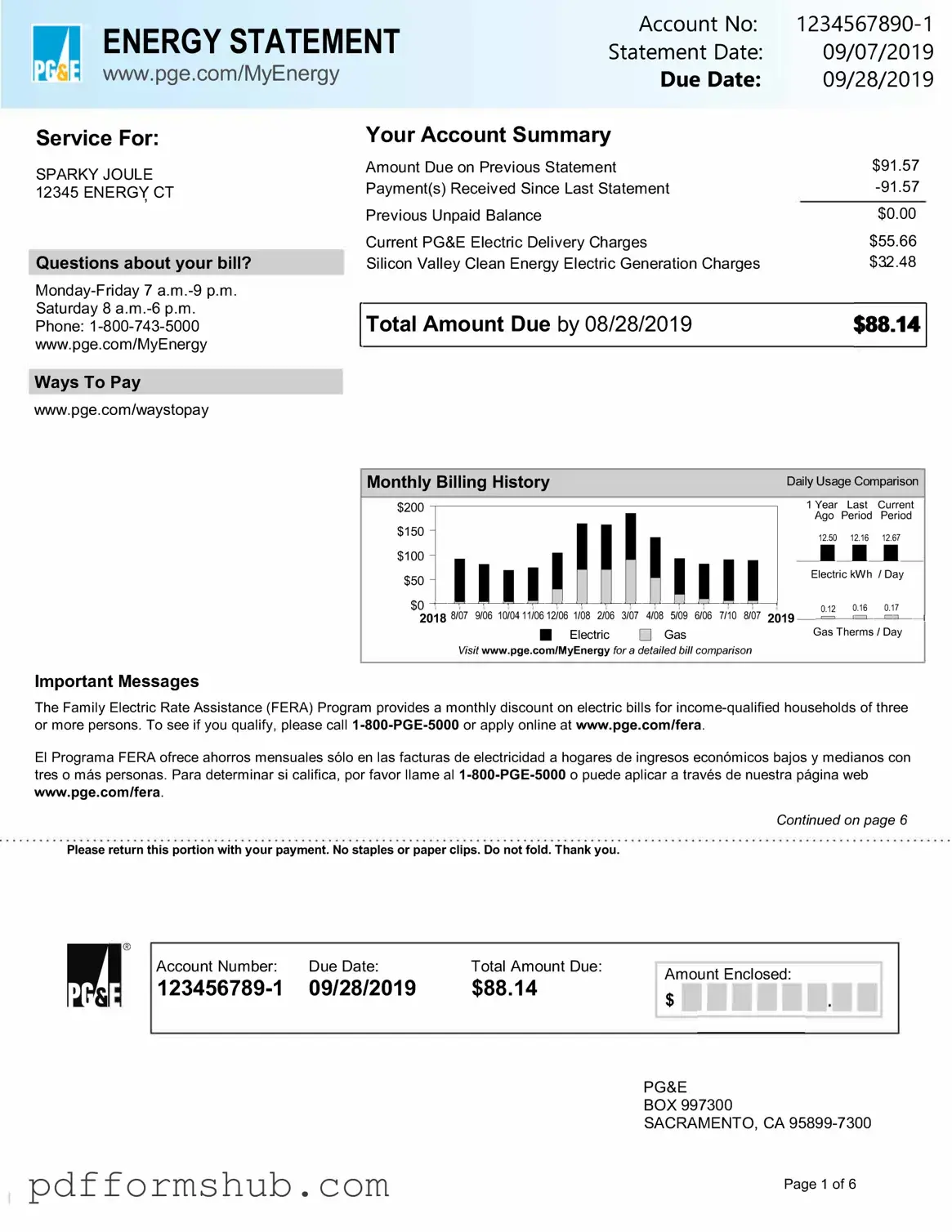When managing household expenses, understanding your utility bill can be crucial for budgeting and financial planning. This document typically includes essential information such as the account holder’s name, the billing period, and the total amount due. It breaks down the charges for various services like electricity, water, gas, and sometimes even trash collection. Additionally, the bill may provide a detailed usage report, allowing you to track your consumption over time. Some utility bills also feature important notices or updates regarding service changes or payment options, making it vital to read through the entire document. By familiarizing yourself with the structure and content of your utility bill, you can better manage your expenses and avoid any surprises in your monthly budget.
